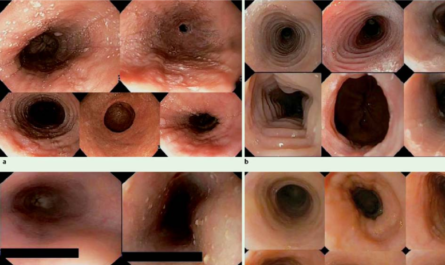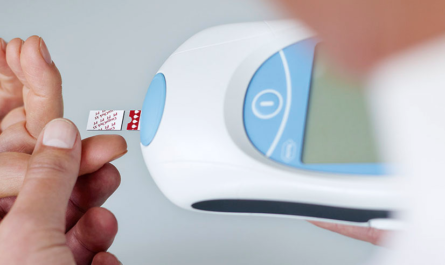What is monkeypox?
Monkeypox is a rare viral illness caused by infection with the monkeypox virus. It is part of the same family of viruses as smallpox but causes a milder infection in humans. The monkeypox virus is part of the Orthopoxvirus genus in the family Poxviridae. Monkeypox was first identified in 1958 when two outbreaks of a pox-like disease occurred in colonies of monkeys kept for research. Initial symptoms usually include fever, headache, muscle aches, backache, swollen lymph nodes and exhaustion. A rash that develops on the face that spreads to the rest of the body typically appears in 1-3 days.
How is monkeypox diagnosed?
Diagnosis is based on the symptoms outlined above and confirmed through laboratory testing for the monkeypox virus either via polymerase chain reaction (PCR) testing or genomic sequencing of a clinical sample such as fluid from the lesions or respiratory secretions. Testing is important not just to confirm a suspected case but also for outbreak management and monitoring the spread of the virus.
What are the treatment options for monkeypox?
There is no specific treatment approved for Monkeypox but antiviral medications used to treat smallpox may prove beneficial. Some of the options include:
Tecovirimat (TPOXX)
Tecovirimat, also known as ST-246, is a small molecule drug approved by the U.S. Food and Drug Administration for treatment of smallpox. It works by blocking the ability of the smallpox virus to exit infected cells through enveloped virions, thereby stopping the spread of the virus in the body. Tecovirimat has shown effectiveness against monkeypox in animal studies and may reduce the severity and duration of symptoms if administered early in the course of illness. It is being used on a compassionate basis for severe or complicated monkeypox cases.
Cidofovir
Cidofovir is a nucleotide analogue inhibitor approved for treatment of CMV retinitis in patients with AIDS. It works by inhibiting the viral DNA polymerase during viral DNA replication. While not FDA-approved for monkeypox or smallpox treatment, it has demonstrated in vitro and animal model efficacy against orthopoxviruses and is being explored as a treatment option for severe monkeypox cases. High doses are associated with significant side effects so close monitoring is required with cidofovir therapy.
Brincidofovir
Brincidofovir is a lipid conjugate of cidofovir developed to achieve improved safety over intravenous cidofovir. It has broad-spectrum activity against DNA viruses like adenovirus, herpesviruses and orthopoxviruses. Like cidofovir, brincidofovir works by metabolizing intracellularly to the active cidofovir diphosphate that then inhibits viral DNA polymerase. It has shown efficacy against monkeypox in animal models and has been used in some severe human monkeypox cases.
Vaccines
While not true treatments, vaccination before or after exposure may help prevent or reduce the severity of monkeypox infection. Two FDA-approved vaccines may be considered:
– Smallpox vaccine: Brand names include ACAM2000 and JYNNEOS, and contain a live vaccinia virus that is related to but less dangerous than variola smallpox virus. The vaccine induces cross-protective immunity against monkeypox. It may be considered for people who have been exposed or at high risk of exposure.
– Imvanex: A second-generation, non-replicating smallpox vaccine approved in 2013 and known as MVA-BN or Imvamune in the U.S. It is made from a genetically modified form of vaccinia virus that does not replicate but still induces immunity against smallpox and monkeypox. It has a better safety profile for people with weakened immunity or skin conditions. Post-exposure emergency use has been authorized during this outbreak.
Supportive care
While antivirals and vaccines target the virus itself, additional supportive care measures can relieve secondary symptoms and speed recovery:
– Pain relievers like acetaminophen, ibuprofen or topical lidocaine for pain, swelling, itching from skin lesions.
– Oral or IV rehydration if inflammation/lesions impair oral fluid intake or cause diarrhea, vomiting.
– Antibiotics if secondary bacterial infections occur as indicated by pus-filled lesions, spreading cellulitis, fever.
– Emollients or calamine lotion for itchy, weeping lesions.
– Rest, isolation precautions to avoid spread and re-exposure.
– Consultation with infectious disease experts for severe, complicated or worsening cases requiring hospitalization.
In summary, while monkeypox treatment options remain limited, available medications and vaccines coupled with good supportive care can help reduce symptoms and duration of illness. Consulting your healthcare provider promptly during any monkeypox outbreak will enable early diagnosis and initiation of the right course of treatment. Continued research efforts seek to develop more therapies specifically for orthopoxvirus infections.




